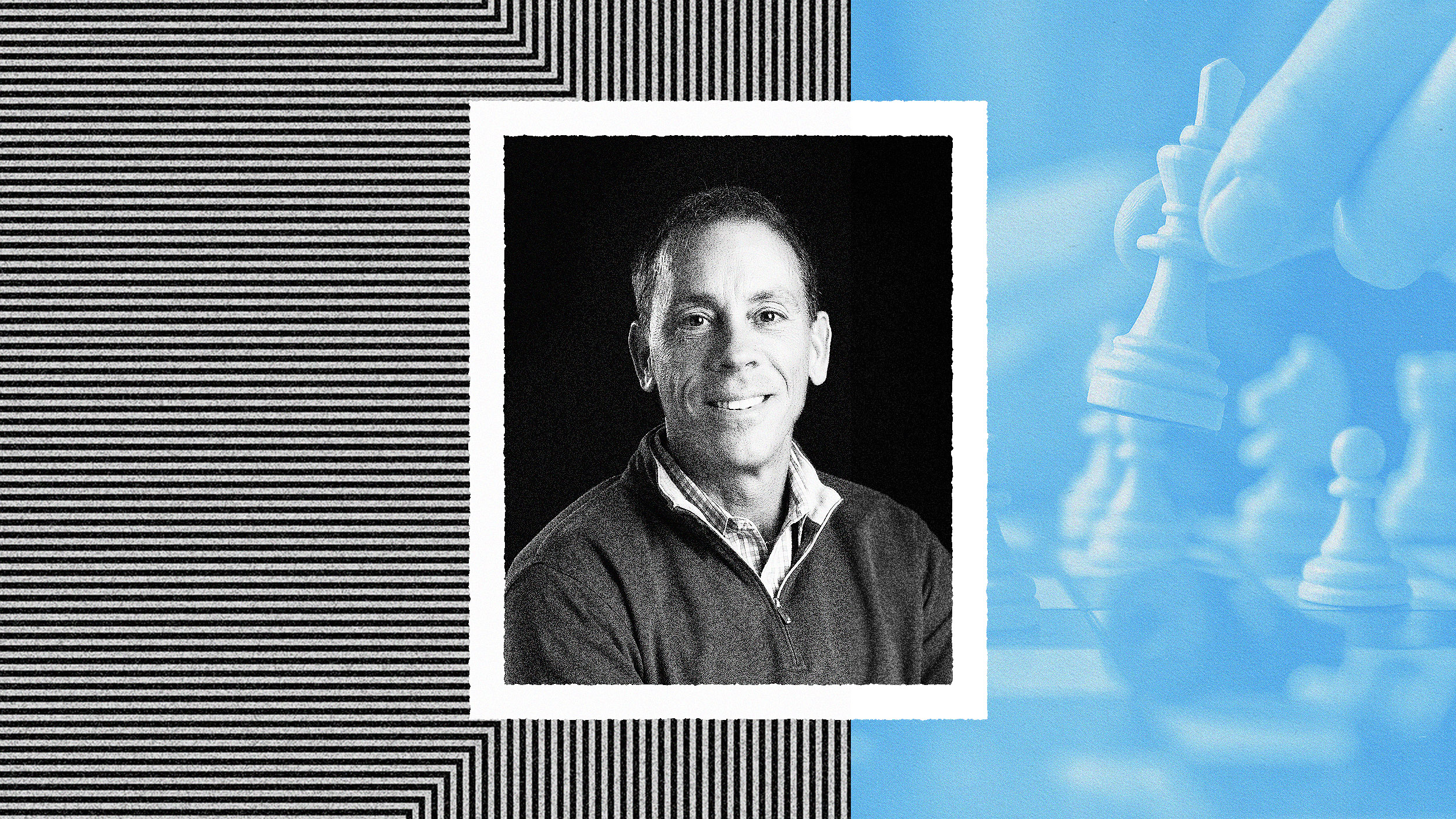The Bill & Melinda Gates Foundation had no Ebola program when last year’s crisis broke out in West Africa. CEO Sue Desmond-Hellmann explains how the foundation acted on the fly to help fight the disease. “Ebola,” says Dr. Desmond-Hellmann, “in many ways showed our foundation at its finest.” She credits innovation, though perhaps not the type you’re thinking of. The Gates Foundation’s innovative strengths are tied to operations, communications, and logistics. It’s one thing to have the tools to solve a problem; it’s a whole other to have the wherewithal to swiftly engineer and execute an action plan. Dr. Desmond-Hellmann explains that this is where the foundation excels.
Sue Desmond-Hellmann: We do like technology and innovation at The Gates Foundation. But I have to say that when I hear technology or innovation, I often think about a widget or a new thing or an object. What I love about being at the foundation is our affinity for innovation comes in a lot of different flavors. It may come in product development; it may be a new vaccine or a new approach to how we store or keep cold vaccines or move vaccines around. It might be using phones to make sure that we have compliance or we can find people when they need to be vaccinated or their kids need some care. But one of my favorite forms of innovation here at the foundation are innovations in ways of operating.
Our passion is to solve problems. Let me give you an example. Last year when Ebola became a huge global issue because of the outbreak in West Africa, The Gates Foundation didn't have programs in those West African countries and we didn't have a program in Ebola. We had a relatively small emergency fund for things that often had been things like a flood or a tsunami or an earthquake. So I went to Bill and Melinda after many phone calls that me and my colleagues received about Ebola and suggested to Bill and Melinda that we should put up $50 million to try and help with Ebola. And Bill and Melinda graciously and rapidly agreed that we should do that. Well, having no programs and no work and seeing the enormity of the problem, we looked right away at a couple of things. One is how could we help? We could move money quickly, flexibly, and make sure that people on the ground in these West African countries could rapidly get the help they needed.
We could partner with organizations that ranged from the WHO to UNICEF to the Centers for Disease Control and work with these partners and the ministries locally in the countries that were involved to make sure that those supplies, that money got to where it needed to get. And so I think Ebola, in many ways, showed our foundation at its finest. Flexible, moving quickly, but knowing how we could play a role together with others, and every step along the way we were focused on what can we do? How could we use our resources, our intellect, our human capital to help fix this problem?
I think those are the kinds of collaborative innovations, how we communicate, regularity, teamwork that sometimes involve high-tech. We might use video conferencing or we might use a smartphone, but often are how human beings interact together in novel ways to get things done. And that's at least as important a way that we use innovation here.





